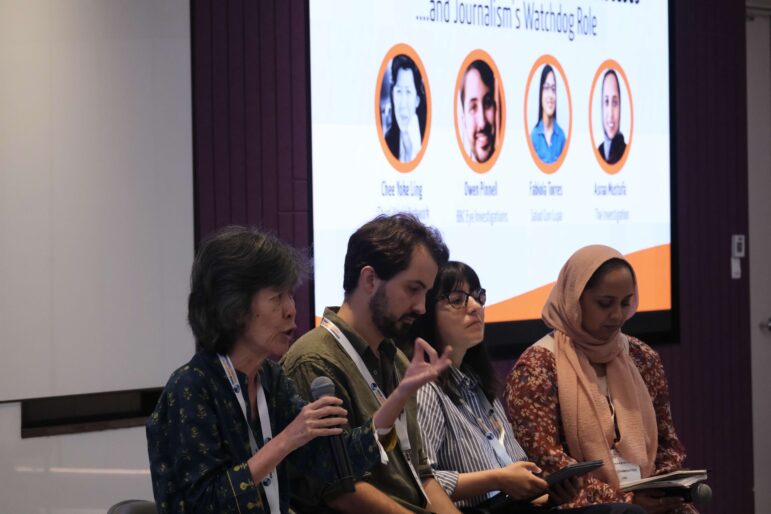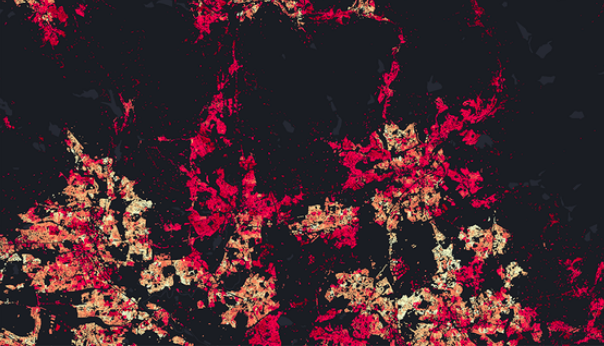
GIJC25
Investigating Global Health: Impact from Corporations
A pre-conference panel hosted by The Examination connected the deadly impact of corporate practices to the chronic diseases killing millions of people each year.

A pre-conference panel hosted by The Examination connected the deadly impact of corporate practices to the chronic diseases killing millions of people each year.

Verah Okeyo and Anne Mawathe were frustrated with newsroom constraints and envisioned producing deeply reported stories that communities and policymakers could not ignore.

A new wave of investigative health journalism is exposing deadly misinformation, turning complex data into accessible truths that can save millions of lives.

Reporters and editors from BBC’s flagship investigations program, Newsnight, share some lessons learned from three standout investigations into healthcare.

Geospatial technologies and data can be used to contain and respond to the spread of a disease, but can also help in pre-empting and preventing them. Looking at outbreaks of malaria, SARS, H1N1 and Zika, among other viruses, Avneep Dhingra explores how maps and geospatial technology have helped during different outbreaks.

Mia Malan is the founding editor-in-chief of the Bhekisisa Centre for Health Journalism, a pioneering, donor-funded media start-up in South Africa. In this interview Malan gives an overview of the work of her colleagues and gives some tips on how to cover the current crisis.

Reporter Sarah Kliff has investigated healthcare billing in the United States by enlisting the help of readers, who sent her thousands of emergency room bills. Beyond writing for Vox and the New York Times, she’s also written about this topic for a professional medical journal that’s read by doctors.

For our series about journalists’ favorite tools, we spoke with Fabiola Torres of Salud Con Lupa. She told GIJN’s Gaelle Faure all about the tools that help her carry out cross-border investigations into public health, including tools to find data as well as to analyze and visualize it.

What’s the global data journalism community tweeting about this week? Our NodeXL #ddj mapping from Sept 10 to 16 finds @miriamquick analyzing @Spotify data to rank the top five saddest songs, @Code4Africa creates a tool to measure gender pay gap in African countries, @fedfragapane shares beautiful illustrations on Instagram, #edjnet finds Italy, Turkey and Greece topping the list of Europe’s xenophobic countries, and @TaylorMirf highlights the low rates of immunizations in Washington state.
The United States Census Bureau’s HIV/AIDS Surveillance Data Base compiles information from various sources on HIV and AIDS incidences worldwide from 1960 to 2017. The database is designed to provide users with information that is helpful as a reference tool and a resource for policy, research and evaluation.